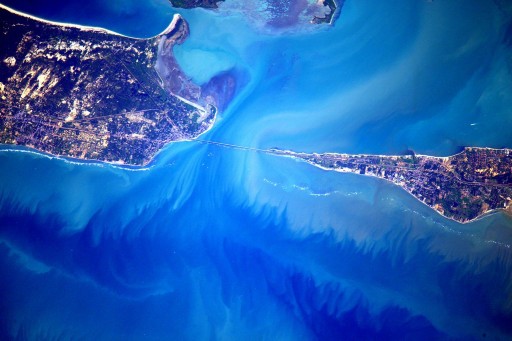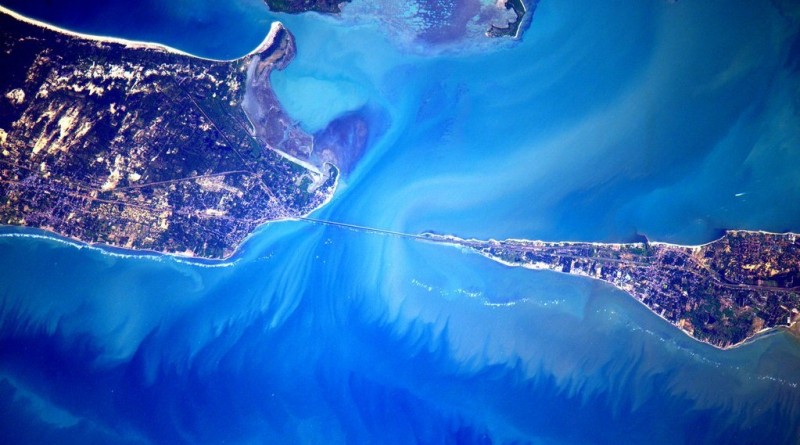ISS Operations Update – January 4, 2016

Experiments:
Fluid Shifts Sample Collection [Fluid Shifts Before, During and After Prolonged Space Flight and Their Association with Intracranial Pressure and Visual Impairment. Known as the Fluids Shift study, this experiment is one of the most complex integrated experiments ever performed on ISS using pieces of US and Russian hardware to attempt to quantify the amount of fluid shifting from the lower body to the upper body when transitioning from a gravity to a microgravity environment. This will also lead to an understanding of effects of the fluid shift on fluid pressure in the head, changes to vision and eye structure. Effects on the eye caused by elevated intracranial pressure include globe flattening, choroidal folds, and alteration of the optic nerve.]
Biological Rhythms 48 Hours [The BLR48 and Circadian Rhythms Study will examine the role of synchronized circadian rhythms and possible maintenance during long-duration spaceflight and addresses the impacts to crew members’ health and wellbeing. Understanding how the dark/light cycle and sleep shifting affects circadian rhythms and with that the performance of the crew members will enable scientists to develop new sleep shifting techniques for crew members in space and shift workers on Earth.]
Advanced Colloids Experiment (ACE)-H2 Operations [The Advanced Colloids Experiment-2 (ACE-2) will be performing a series of microscopic imaging investigations of materials which contain small colloidal particles. These materials have the specific characteristic of remaining evenly dispersed and distributed within the material. Performing these types of experiments aboard the Space Station in Zero Gravity allows scientists to separate the effects induced by Earth’s gravity in order to examine flow characteristics and the evolution and ordering effects within these colloidal materials. Results from this study will be used for a number of applications on Earth. ACE uses a Light Microscopy Module to monitor colloidal activity.]
Vascular Echo Hardware Checkout [Cardiac and Vessel Structure and Function with Long-Duration Space Flight and Recovery makes use of Echo Doppler Ultrasound measurements to investigate the stiffening of the arteries and increased blood pressure occurring during prolonged exposure to microgravity.]
Fine Motor Skills [Fine Motor Skills uses a tablet touchscreen application to monitor degradation in fine motor abilities over the course of an extended exposure to microgravity. A drop in fine motor skills can lead to problems when crew members are tasked with medical treatment, repairing sensitive equipment and interacting with touch-based equipment. Tests utilized by this study include multidirectional pointing, dragging, shape tracing, and object manipulation to create a knowledgebase that will allow scientists to evaluate the risk of fine motor performance decrements due to long-duration exposure to microgravity.]
Seismoprognoz Data Download [Seismoprognoz will measure the temporal and spatial scales of ionospheric disturbances caused by seismic phenomena in order to develop algorithms to detect plasma features of earthquakes and anthropogenic impacts from space-based instruments. The payload consists of an external monoblock, a Data Control and Acquisition Module, an attachment kit, flash memory and associated cables and connectors.]
VEG-01 Investigation – Watering of plant pillows and imagery acquisition. [VEGGIE or Veg-01 is a deployable plant growth unit to be set up on the Space Station to demonstrate the feasibility of a space garden. The experiment facility provides lighting and nutrient supply and is capable of supporting a variety of plant species that can be cultivated for educational outreach, fresh food and even recreation for crewmembers on long-duration missions. Thermal control is provided from ISS in-cabin systems and the carbon dioxide source is the ambient air aboard ISS.]
Habitability [Assessment of International Space Station Vehicle Habitability will see teams on the ground study video of the behavior of crew members within the habitable environment of ISS while the crew fills out questionnaires and collects video of areas of interest in order to provide an assessment of the habitability of ISS in its current state for a one-year mission. Results will be used to develop spacecraft with improved habitability properties to allow crew members to optimally utilize the onboard space.]
Journals [Electronic journals will be kept by the crew members to allow psychologists to study behavioral issues that are associated with the isolation and confinement over long-duration space missions. Journals from 6-month ISS mission have amounted to a total of 1,100 written pages, but no data beyond those six months is available making this an interesting opportunity to study the impact of isolation in the confinements of ISS over a longer period.]
Maintenance/Systems:
Nominal Inspections/Servicing Tasks (Morning Inspection, Caution & Warning Panel Check, Sozh System Maintenance) (Russian Crew)
Installation of cover sheets on SM interior panel №334
MRM2: Dust Filter Replacements
Other Activities:
Extravehicular Mobility Unit #3008 Functional Check (delivered by Cygnus OA-4)
Retractable Equipment Tether Inspection for EVA
Mobile Transporter (MT) Translation to Work Site 2
Cygnus OA-4 Packing of Disposal Items
Progress MS Cargo Operations

